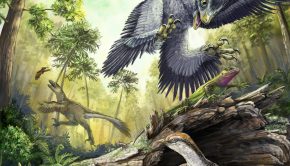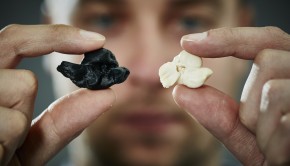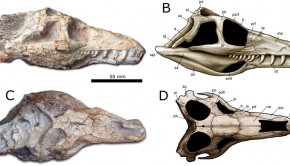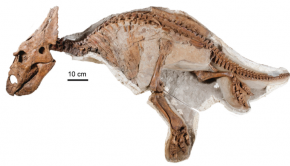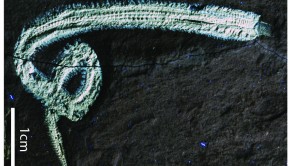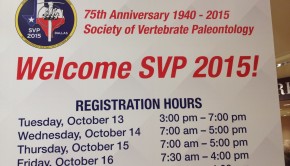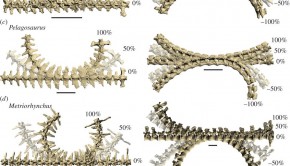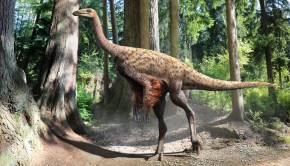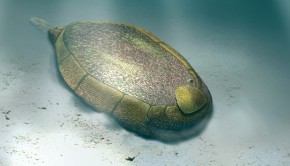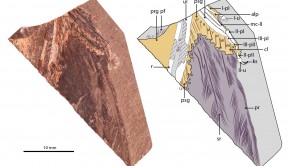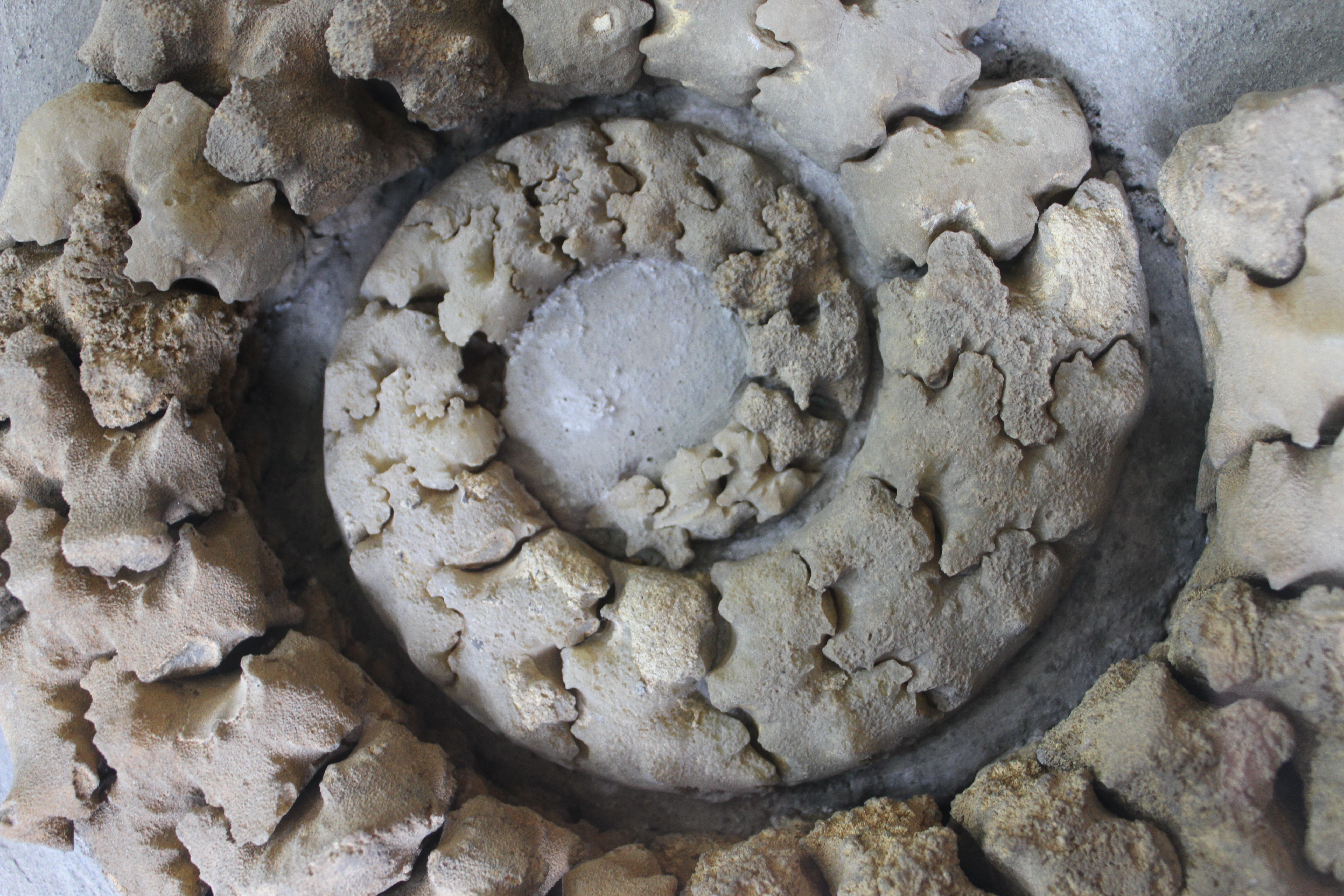April 21st, 2016 | by Liz Martin-Silverstone
The extinction of non-avian dinosaurs at the end of the Cretaceous has always been a discussion favourite amongst vertebrate palaeontologists. [&hellip
April 13th, 2016 | by Liz Martin-Silverstone
Echolocation is an amazing ability that some mammals have evolved. Using sonar frequencies, dolphins and other toothed whales can communicate [&hellip
March 15th, 2016 | by Liz Martin-Silverstone
Archosauriforms are some of the most well studied fossils in existence, including birds, crocodiles, dinosaurs, pterosaurs, and their ancestors, first [&hellip
January 18th, 2016 | by Liz Martin-Silverstone
Juvenile dinosaurs are less common than adults, and typically not as well preserved due to the fact that their bones [&hellip
November 17th, 2015 | by David Marshall
A new fossil from Lebanon is named today in BMC Evolutionary Biology as Rollinschaeta myoplena. We spoke to lead author Luke Parry about this [&hellip
November 10th, 2015 | by Laura Soul
Welcome to our coverage of the Society of Vertebrate Paleontology (SVP) annual meeting from Dallas, Texas. This year was the 75th anniversary [&hellip
November 9th, 2015 | by Liz Martin-Silverstone
Crocodylomorphs today are not thought to be the most diverse group, consisting of all semi-aquatic forms of alligators, crocodiles, and gharials. [&hellip
November 2nd, 2015 | by Liz Martin-Silverstone
For some time now, we’ve known that most (if not all) theropod dinosaurs were feathered, but we’re still filling in [&hellip
October 29th, 2015 | by Liz Martin-Silverstone
Two new studies lead by University of Bristol palaeontologist Dr. Imran Rahman (Episode 28 – From worms to stars) are [&hellip
October 7th, 2015 | by David Marshall
Birds have a long evolutionary history; the earliest of them, the famed Archaeopteryx, lived 150 million years ago in what [&hellip

